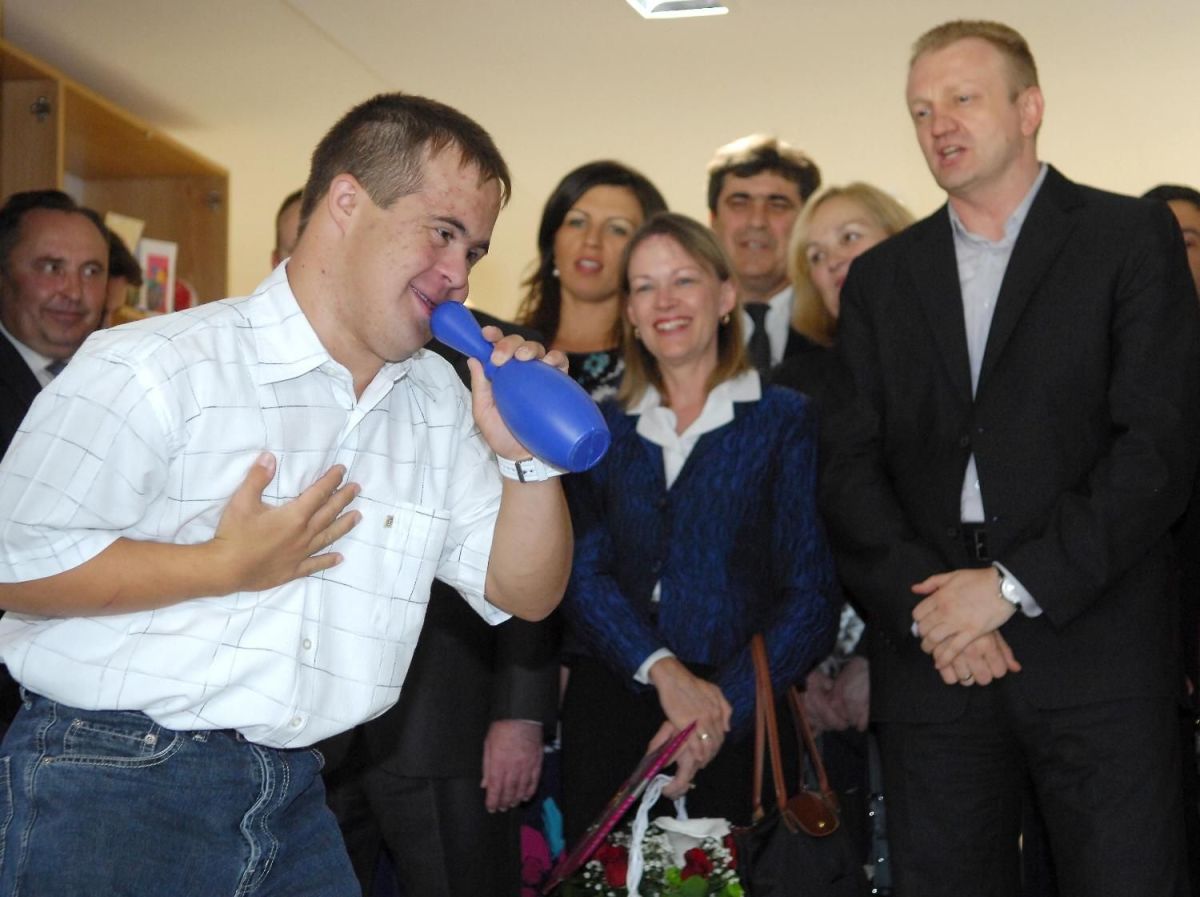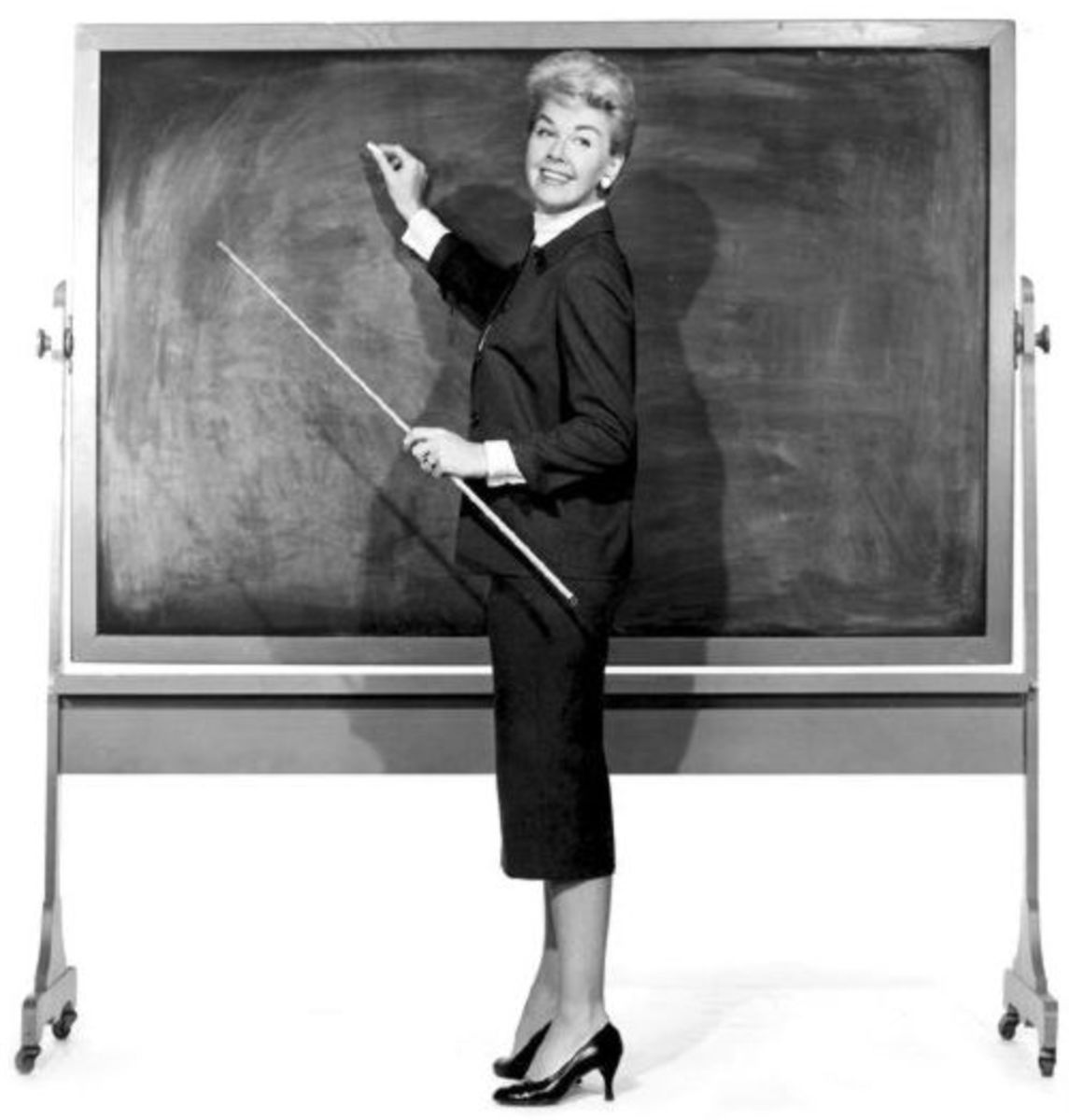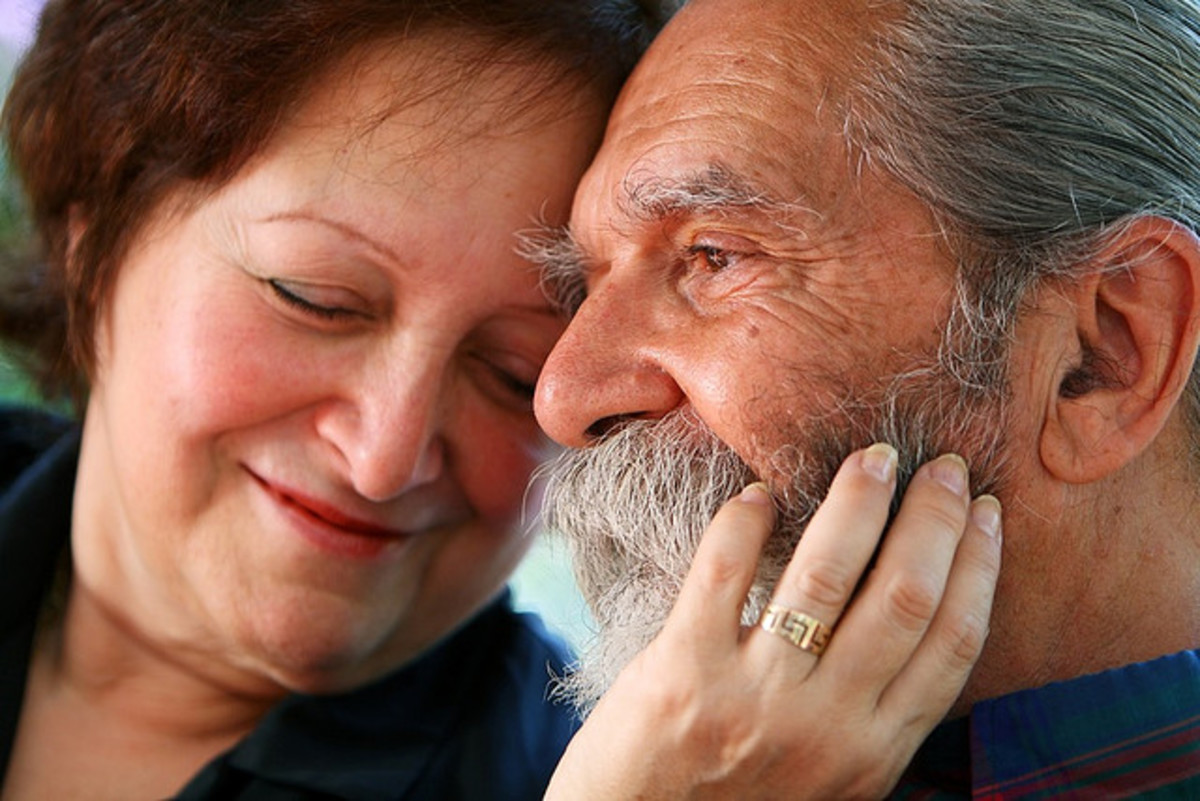Developmental Disabilities in Children
Early Milestone
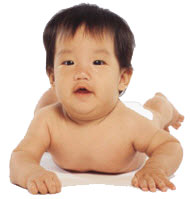
Scary Statistics
About 1 in every 6 children in the United States experiences one form of developmental disability or other (CDC, 2014). Developmental disabilities are a category of conditions resulting from impairment in learning, language, behavior or physical ability (CDC, 2014). Such impairments are noticed during the growing up of the child as some may have effects that last throughout the lifetime of the individual. Though each child is unique, there are certain general developmental stages, known in medical terms as milestones, which children generally go through during their growing up process.
It is usually important to understand the expected milestones that the child should go through so as to avoid unnecessary anxiety in parents. On the other hand, parents can seek corrective action for conditions in which such intervention is possible, such as speech therapy in case it takes inordinately long for the child to begin talking. This article seeks to shed light on what may constitute a developmental disability and what may not.
Milestones in Child Development
Developmental milestones refer to the points at which children learn different skills as they grow up. Most of these skills are useful to them for the rest of their lives even though some may not be applicable later. The skills include crawling, balancing on the feet, taking the first step, smiling, waving bye and so on.
We must begin with a disclaimer at this point. Every baby is unique and it is not possible to say when exactly it will learn a particular skill. In fact, mothers know their children best and so they can determine if the child is too late in learning something. This kind of concern is mostly instinctive, though parents, especially first time ones, will sometimes overly rely on comparisons of their children to those of the Joneses next door. Such comparison may not work at times since the child next door may learn to ride a bicycle faster, but he may not be saying the alphabet as well as yours.
So milestones are a general guideline giving parents a broad idea of when to be really concerned about their children’s development. Nevertheless, it is important to see the doctor about any issue the parent is worried about since in this case a stitch in time saves nine later. It is better to bother the doctor with no issue at all than to delay a timely intervention that could help the child. In any case doctors can always perform a developmental screening to see if the problem is real or is just a hoax.
2 Months
Most babies at this age develop social/emotional, communication, cognitive and movement skills. The social/emotional skills are smiling at people, calming himself by bringing hand to mouth or sacking his hand and look at the parent. The communication skills are cooing and making gurgling sounds and turning the head towards sounds. The cognitive skills are paying attention to faces, follows things with his eyes at a distance and getting bored, crying or being fussy if subjected to the same activity for too long. Movement skills include holding the head up and pushing up on hands when lying on the tummy (see picture above). The baby also begins to have smoother movements of the hands and legs rather than the jerky uncoordinated ones when they are just born.
4 Months
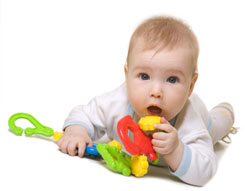
4 Months
Most babies at this stage can do the following. Their social/emotional skills include smiling spontaneously especially at people, plays with people and may cry in protest if the play stops. The baby is also able to imitate facial expressions like smiling and frowning. The communication includes babbling, imitating certain sounds heard and crying in different ways to express hunger, pain or tiredness. The cognitive skills include letting others know their feelings such as happiness or sadness, responds to affection, reaches for a toy with one hand and sees things and reaches for them thus establishing coordination between the eyes and hands. The baby also follows moving things from side to side with the eyes and recognizes people and objects at a distance.
In terms of movement the baby can hold up the head steady unsupported, push back on legs when feet are on a firm surface, hold and shake toys as well as swing at hanging toys. He can also bring hands to the mouth and push up on elbows when lying on the belly. Some babies are even able to roll over from back to belly and back again.
9 months
At this age the child’s social skills includes being afraid of strangers and clingy to familiar people and having favorite toys. In terms of communication the child understands ‘no’, makes mama and baba sounds, imitates sounds and gestures and may use fingers to point at things. In terms of cognition the child may follow falling things with the eyes, find things you hide, put things in the mouth, move objects from one hand to the other and pick things between finger and thumb.
In terms of movement the baby sits without support, stands while holding onto things, moves on the belly or crawls. The baby is generally very active at this stage and car must be taken to avoid possible locomotive injury.
18 Months
Social and emotional skills at this stage include handing objects to others in the course of play, throwing temper tantrums, being afraid of strangers but affectionate to caregivers. The child may also be able to point at distant objects and explore alone so long as the parent is nearby. In terms of communication the child is able to produce several single words, speaks while shaking the head to say no and point so show what he wants.
On cognition the child will recognize simple items like telephone, spoon, toothbrush and knows their uses. He is able to understand simple one word commands and points at people or things to get attention. He can also point at individual body parts and is able to scribble on his own.
In terms of movement the child is able to walk, run and even climb and descend stairs. The child helps in dressing or undressing himself, pulls toys behind him while walking, drinks from a cup and uses a spoon.
2 Years
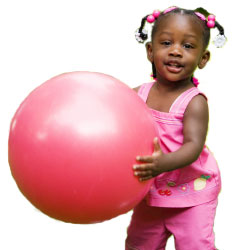
2 Years
At this age the child’s social and emotional development has fairly advanced. He imitates others including adults and older children and is generally excited when he sees other children. The child shows high levels of independence and defiance, wanting to do as he is told not to. He mostly plays besides other children but occasionally joins them in chase games.
In terms of communication the child identifies things that are named, knows names of familiar people and body parts, says sentences of 2 to 4 words, follows simple instructions, repeats words said by others and points out things in a book.
On cognition the child is able to find hidden things, can sort out shapes and colors, completes sentences and rhymes, builds towers using toy blocks, may use one hand more than the other and easily names common things in his environment. The child can also follow simple instructions and do as he is asked.
On movement, the child runs with ease, stands on tiptoe, climbs on and off furniture, walks up and down stairs while holding onto rails, throws objects about and draws lines and circles.
Detecting Developmental Disabilities
The fact that a child at a certain age is unable to do one or two things mentioned in the milestones above should not overly alarm a parent. However, when most of the activities or all of them cannot be done, then a visit to the doctor should be arranged immediately. Children who cannot hear may turn out to be deaf or at least have infected ears. Children who fail to crawl after sitting for months on end may have limb problems that are best sorted out, if possible, at an earlier age. With precautions like that parents can avoid the experience of having to live with a disabled child just because they did not take corrective action when it was still possible.
However, some of the disabilities are not reversible especially when they are genetically generated. All the same the parent may be advised on how to handle these cases from an early age so as to cope accordingly with the condition of the child.


